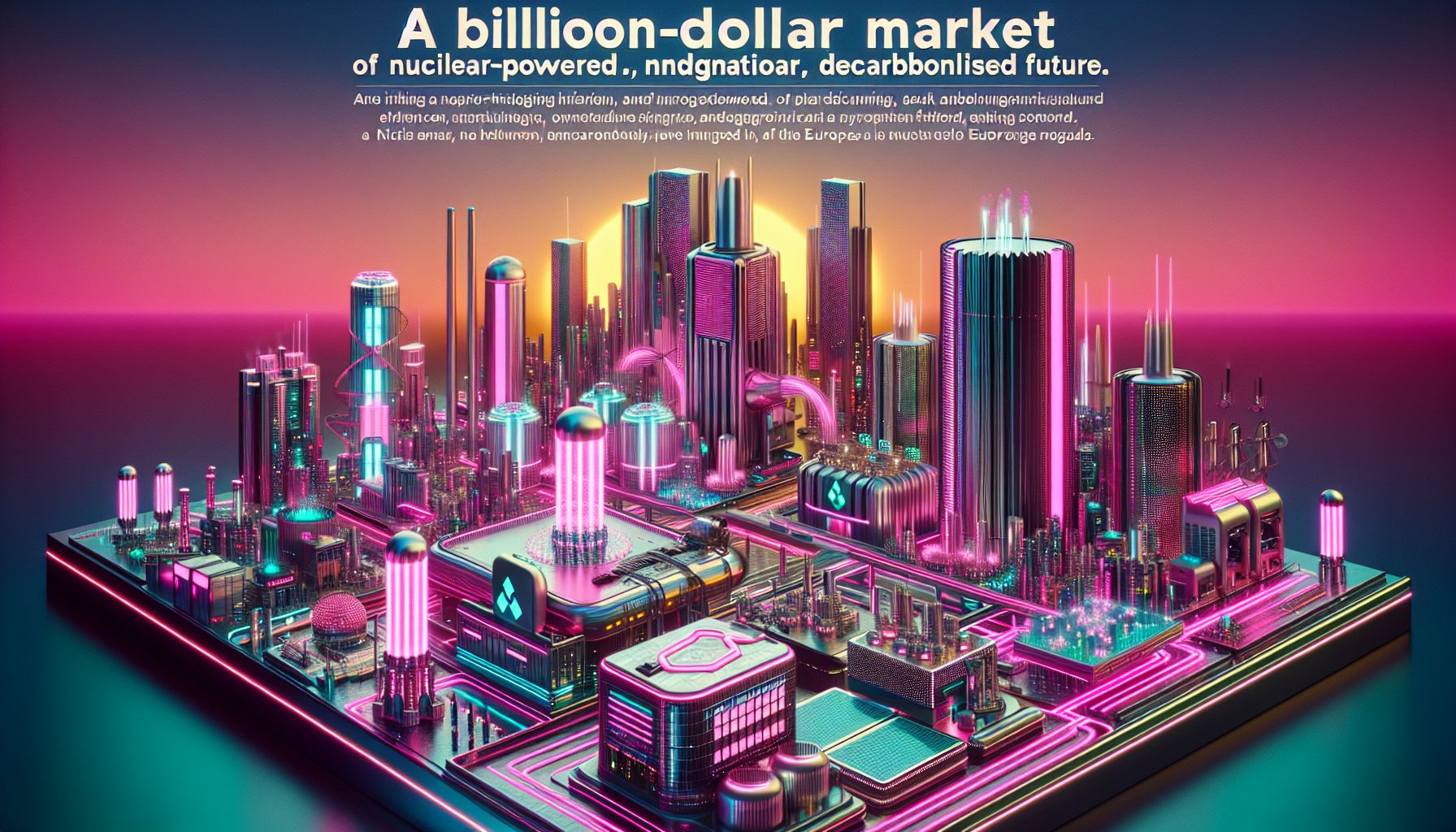Nuclear-Powered Pink Hydrogen: The Future's Billion-Dollar Market

Brussels, Monday, 3 February 2025.
Pink hydrogen, boosted by nuclear energy, could hit USD 252.82 billion by 2033, supporting Europe’s climate goals and decarbonising industries. It’s renewable, impactful, and quite frankly, innovative!
The Rise of Pink Power
I’m excited to share the latest developments in the pink hydrogen sector! The market is experiencing remarkable growth, valued at USD 24.45 billion in 2024 and projected to reach USD 252.82 billion by 2033 [1]. As someone following clean energy trends, I find it fascinating that this technology, which uses nuclear power for water electrolysis [1][2], is gaining such momentum. It’s particularly encouraging to see Europe leading this revolution with its robust nuclear infrastructure and ambitious decarbonisation strategies [1].
Global Innovation in Action
The transformation is happening right before our eyes! France is planning 13 next-generation nuclear reactors, while the UK aims for an impressive 24 GW nuclear capacity by 2050 [1][2]. What really catches my attention is how this links to broader clean energy goals - the EU is pushing for net-zero emissions by 2050 [1]. In October 2023, we saw a significant milestone when Constellation Energy produced pink hydrogen at their Nine Mile Point Nuclear Plant in New York [1], marking a pivotal moment in nuclear-powered hydrogen production.
Technology and Market Impact
The numbers tell an exciting story of growth! We’re looking at a compound annual growth rate (CAGR) of 29.6% between 2025 and 2033 [1]. This expansion isn’t just about numbers - it’s revolutionizing industries. The steel production, ammonia, and cement sectors are emerging as leading end-users [1]. What’s particularly promising is how technological advancements, especially in Generation IV reactors and small modular reactors (SMRs), are creating new opportunities for more efficient hydrogen production [1][2].
Future Prospects and Global Commitment
Looking ahead, the trajectory is incredibly promising. According to IRENA, current global hydrogen production stands at approximately 75 Mt/year of pure hydrogen and 45 Mt/year in mixed gases [3]. The industry is targeting an ambitious goal: by 2030, 70% of 200 Mt of hydrogen production will use low CO2-emitting processes [3]. Even more impressive is the 2050 target of increasing production to about 500 Mt [3]. Companies like Siemens Energy, Air Products and Chemicals, and Linde Plc are at the forefront of this transformation [1].